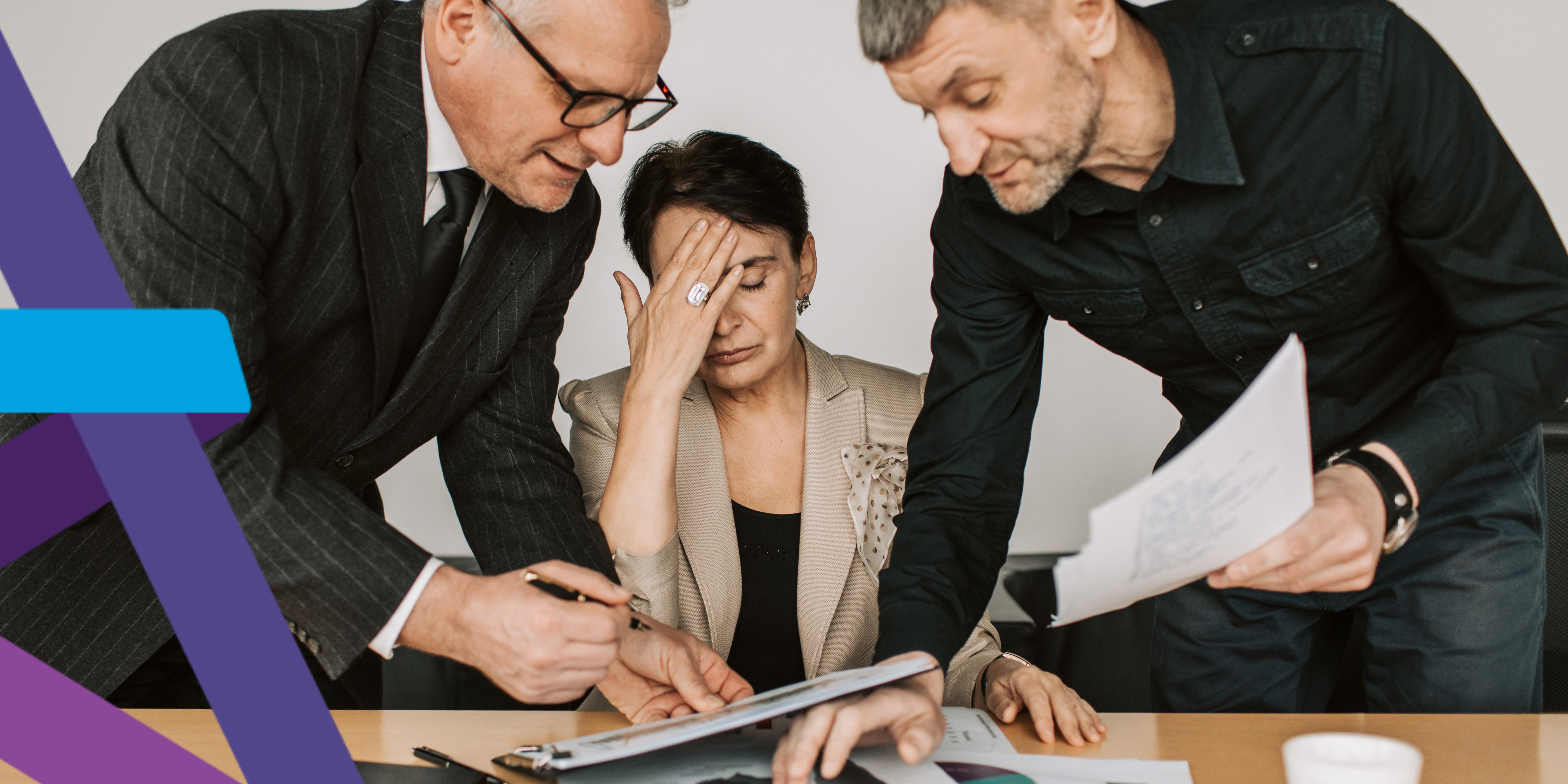Top 5 hazards in the office

Of all workplaces, the office is usually regarded as one of the lowest risk environments – however, low risk isn’t equivalent to “no risk” so it’s important that employers carry out regular Risk Assessments regardless.
Office hazards can range from the super dangerous (such as asbestos), to less dangerous such as bruises, sprained ankles (and sometimes embarrassment) caused by slips, trips and falls.
We asked Lewis what his top 5 hazards are in an office environment:
Fire
Recent research into fire service attendance in the UK has found that non-residential private buildings (which includes offices) have the highest number of incidents so it’s important to look after your workers by having an appropriate Fire Action plan, a comprehensive Fire Risk Assessment carried out by a competent person, and servicing your extinguishers, alarms and emergency lighting on a regular basis. Check out our blog here for further information or get in touch.
Slips, Trips and Falls
This remains the most common cause of injury at work, accounting for a third of injuries reported. It can also be a factor that leads to larger incidents such as a slip on a wet floor leading to a tumble down the stairs, or losing your balance and falling against machinery. A Risk Assessment should be carried out, and staff made aware of how they can reduce risk using good housekeeping – a rucksack tucked neatly under a desk can stop workers falling over straps of bags.
Eye Strain
Normally this can be attributed to overuse of Display Screen Equipment; part of a good assessment will look at the ambient lighting for the workspace. Lighting that is too harsh and bright or is too dim can both impact on our eyes. Not to mention if a light is flickering! Use desk lamps for indirect lighting and ensure that computer screens are set at a comfortable level too. If employees are suffering eye strain due to their work then employers must provide eye tests for affected employees.
Stress
The Health & Safety Executive defines stress as “the adverse reaction people have to excessive pressures or other types of demand placed on them”. Deloitte published analysis in January 2020 which found that poor mental health cost UK employers up to £45 billion per year. And that was the calculations pre-pandemic – it will have risen since. Stress affects each person differently and while it’s impossible to remove all stressors from the workplace, it’s a legal requirement for employers to carry out an appropriate risk assessment to identify and manage work related stress. Check out our three part series on the HR side of managing stress at work for further information: Managing Mental Health – Culture, Managing Mental Health – Management Skills, and Managing Mental Health – Difficult Conversations.
Ergonomics
Sitting down all day is a dream for some but as strange as it may seem on the surface, sitting for long periods can cause serious injuries. If you work in an office, look around at your colleagues and see how often they get up from their chairs. In addition to lack of movement, sitting in an unsuitable chair can cause issues – check out our post last month for further information. Most common injuries from sitting are usually involving the neck, back and shoulders and can be in the form of muscle strains, rotor issues and disc injuries.
Concerned that you’re not identifying hazards in the office? Get in touch with us to find out how we can help!
Our content is correct at the date of publishing, but should not be taken as legal advice, and our articles don’t replace Risk Assessments. Armour will not be held accountable for any legal actions the reader may take.

